No products in the cart.
5 Insights on Ethical AI and LLMs in Art: The Future of Creative Technology
Contents
I. Abstract
“LLMs are advanced natural language processing systems that use deep learning algorithms to generate coherent, contextually relevant text. By leveraging vast datasets and complex neural network architectures, they effectively capture and replicate language patterns, making them suitable for a wide range of applications.”
II. Introduction
- Investigate the application of LLMs in artistic fields, pinpointing key trends and applications.
- Examine the legal challenges and ethical dilemmas that arise from integrating AI in these domains, including intellectual property rights, privacy concerns, and algorithmic bias.
- Explore the societal ramifications of AI on creative expression, authorship, and cultural production in the context of LLMs and art.
- Analyze existing legal frameworks, regulatory measures, and ethical guidelines related to AI and LLMs in art, assessing their efficacy in mitigating emerging challenges.
- Propose actionable recommendations and strategies to promote the responsible and ethical utilization of AI and LLMs in art, fostering innovation while upholding legal and ethical norms.
III. Background
A. The Transformative Potential of AI in Art
B. Legal Challenges in the Age of AI Art
C. Societal Impact and Cultural Implications
D. Frameworks, Regulations, and Ethical Guidelines
F. Strategies for Responsible and Ethical AI in Art
IV Methodology
V. Discussing Findings in LLMs, Ethics, and Art
A. Related Keywords with High Degree Centrality: Revealing Prominence and Significance
- “Copyright” (degree = 31): The Ethical and Legal Cornerstone
“Copyright” leads our analysis, indicating the pivotal role it plays in addressing the ethical and legal considerations of AI-generated art. With a degree centrality score of 31, this keyword represents the cornerstone of intellectual property discussions within this field.
- “Artificial Intelligence” (degree = 23): Technology at the Core
“Artificial Intelligence” scores 23 in degree centrality, reflecting its foundational role in shaping discussions about creative potential and ethical considerations in art. Its prominence emphasizes the transformative power of AI in modern artistic practices.
- “Intellectual Property” (degree = 24): Safeguarding Creative Works
“Intellectual Property,” with a degree centrality of 24, underscores its crucial role in protecting AI-generated artworks, highlighting the need for proper legal frameworks around ownership and authorship in the realm of AI art.
- “Natural Language Processing (NLP)” (degree = 20): Nurturing Linguistic Creativity
The significance of NLP, with a score of 20, is essential in AI art creation, facilitating linguistic creativity. Its prominence indicates its pivotal role in generating art and raising ethical questions on AI’s role in creative processes.
B. Related Keywords Reflecting the Nexus of LLMs, Ethics, and Art
- “LLM” (degree = 14): The centrality of LLMs in discussions of AI-generated art and ethics highlights their foundational role in shaping this discourse.
- “Deep Learning” (degree = 14) and “Machine Learning” (degree = 14): These technologies underpin LLMs’ capabilities and their ethical implications in art generation.
- “Peer Review” (degree = 14): Highlighting the importance of scholarly evaluation in assessing the quality and ethics of AI-generated art.
C. Expanding Horizons and Societal Implications
- “Academic Libraries” (degree = 13) and “Change Management” (degree = 13): These reflect the adaptation of academic institutions to AI technologies in creative industries.
- “Accessibility” (degree = 4) and “African Studies” (degree = 18): Broader societal implications of AI art and its diverse global perspectives.
D. Recommendations for Responsible AI Integration
- Promoting Transparency and Attribution: Establish guidelines for identifying AI-generated content to ensure ethical accountability.
- Addressing Algorithmic Bias: Use diverse datasets and implement bias mitigation strategies to ensure fairness in AI models.
- Updating Legal Frameworks: Modernize legal frameworks to protect intellectual property rights and foster innovation in AI-driven art.
- Fostering Education and Awareness: Educate artists and creators about the ethical implications of AI in art, encouraging responsible practices.
- Encouraging Interdisciplinary Collaboration: Promote collaboration between AI developers, ethicists, and artists to ensure responsible deployment of AI in creative processes.
- Embracing Creative Commons and Open Source: Encourage Creative Commons licensing to enhance accessibility and transparency in AI-generated art.
V. Conclusions
In conclusion, our analysis provided valuable insights into the interconnections and prominence of specific themes: Ethical AI and LLMs in Art. These keywords formed the foundation for future investigations and highlighted the current state of the field. The findings emphasized key ethical considerations in AI-generated art, the evolving landscape of intellectual property rights, and the transformative potential of deep learning in creative domains. The multifaceted nature of these discussions underscores the importance of ongoing scholarly exploration and discourse in this rapidly evolving area of study.
Legal Challenges and Ethical Dilemmas
One significant finding was the emergence of legal challenges and ethical dilemmas posed by the integration of LLMs into creative processes. These challenges include intellectual property rights, privacy concerns, and algorithmic bias. Addressing these issues is crucial for ensuring responsible AI implementation, highlighting the need for updated legal frameworks and ethical guidelines that balance technological innovation with ethical standards.
Societal Impact on Creative Expression
Another important revelation was the societal impact of AI on creative expression, authorship, and cultural production. The utilization of AI through LLMs raised questions about authenticity, transparency, and cultural diversity in art. The study found that preserving human oversight in AI-generated content is critical to maintaining the integrity of artistic practices and protecting the rights and intentions of artists and authors.
To conclude, the integration of AI and LLMs in art presents both opportunities and challenges. While AI technologies offer innovative possibilities, it is essential to carefully consider their ethical implications. By adopting the proposed recommendations and strategies, stakeholders can navigate the evolving landscape of AI while upholding ethical principles, fostering creativity, and ensuring the preservation of legal and ethical standards in the arts.
References
Further Reading
A curated selection of public resources and tools related to ethical AI and its implications in the arts. These links further illuminate the themes discussed in the article regarding the integration of AI in the arts, legalities surrounding AI-generated content, and the broader societal impacts.
Research Platforms & Tools
- AI Ethics Articles – Explore in-depth articles about the ethics of AI, its societal implications, and its role in art and technology.
- NLP and Ethics Articles – A selection of academic and applied perspectives on the ethics of Natural Language Processing (NLP) in art and media.
- Pro and Con: AI Technology Films, Series, and Documentaries – A curated list of documentaries and series discussing the potential and risks of AI technologies, including their artistic implications.
Community-Based AI Ethics Resources
- Recommended NLP Books – Explore a collection of influential books focusing on Natural Language Processing and its ethical challenges in the arts and technology.
FAQ: Common Questions About Ethical AI and LLMs in Art
What is the role of Ethical AI in art creation?
How do LLMs impact authorship and ownership in AI-generated art?
What ethical issues arise when AI is used in artistic expression?
How can AI be used to democratize art creation?
What are the key ethical considerations in using LLMs for creative purposes?
Author
-

Milena-Jael Silva-Morales is a systems engineer with a PhD in Urban and Territorial Systems and the founder of Ecolonical LAB, an independent research lab integrating data science, AI, and territorial systems to address local and global sustainability challenges. With over 15 years of experience leading international, multidisciplinary R&D initiatives, she is recognized for bridging science, technology, and policy to deliver transformative solutions in water, energy, and biodiversity systems.
View all posts
This article is governed by the Ecolonical Open Knowledge License (EOKL Lite V1). This license explicitly prohibits the use of its contents for AI model training, dataset integration, algorithmic processing, or automated decision-making systems. Unauthorized computational aggregation, reproduction beyond permitted terms, and any use conflicting with open knowledge principles are strictly restricted.
For legally binding terms, compliance obligations, and permitted exceptions, refer to the License Usage Policy.
Under specific conditions, this content aligns with the Creative Commons Attribution-NonCommercial-ShareAlike 4.0 International License. However, any AI-related processing, direct commercial exploitation, or automated derivative work remains subject to EOKL Lite V1 restrictions.
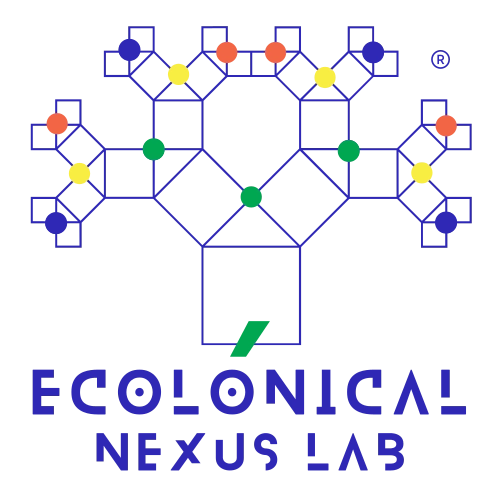
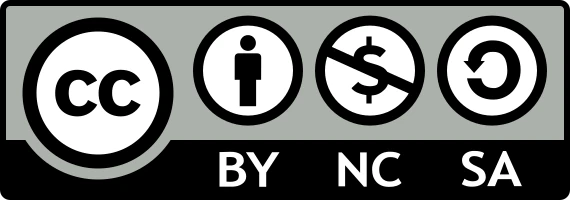
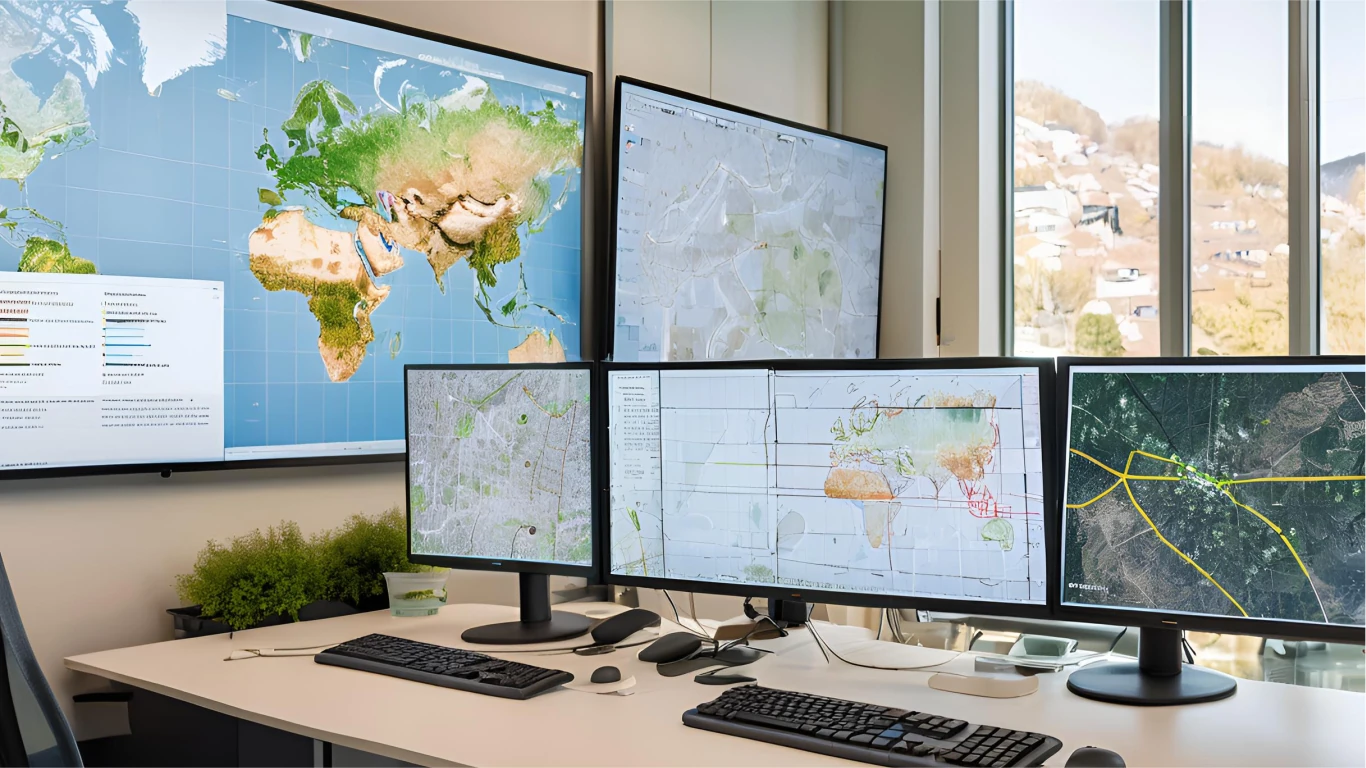


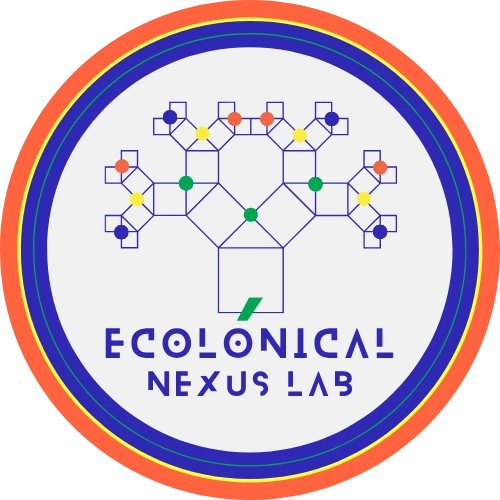

Leave a Reply